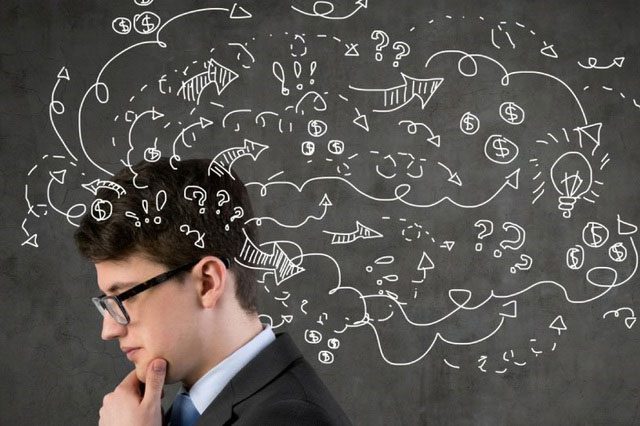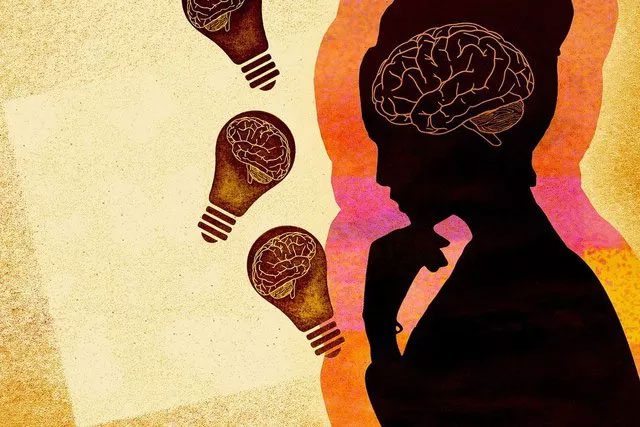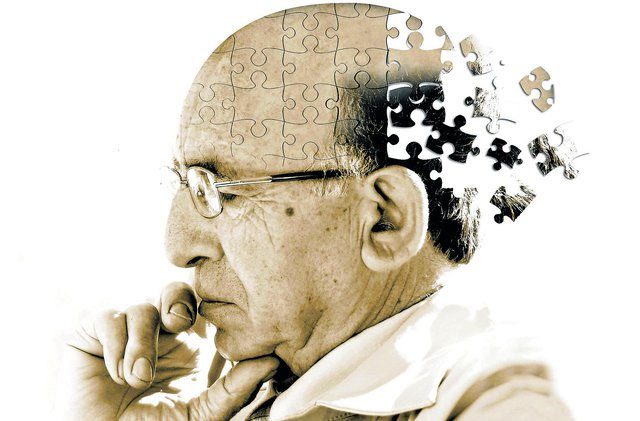Understanding how memory works is crucial for advancing treatments for diseases like Alzheimer’s.
Memory is one of the building blocks of the brain. It helps keep us safe (for example, by reminding us not to touch a hot stove) and forms the foundation for our identity and the stories of our lives.
So, how does the brain store and retrieve memories?
According to journalist Stephanie Pappas, who specializes in the brain and human behavior in Colorado, USA, the simplest answer is that the human brain reshapes itself with each new memory. This occurs through the activities of neurons, or the tiny gaps between brain cells.
Neurons communicate with each other through an electrochemical system. The change in electrical charge of one neuron triggers the release of chemicals known as neurotransmitters across synapses. These neurotransmitters are then received by the neurons on the other side of the gap, where they activate electrical changes in that cell.

The human brain reshapes itself with each new memory. (Source: buildup.am)
“Ultimately, memories are encoded in neural circuits. That’s what changes in the brain when a memory is formed,” says Don Arnold, a neuroscientist at the University of Southern California.
When one neuron continuously stimulates another, their connection strengthens, meaning they will more easily activate each other over time. At its most basic level, the brain can store memories by enhancing connections between networks of neurons.
Where are memories stored in the brain?
Human memories are stored in several regions of the brain, most importantly the hippocampus. These areas are crucial for the initial formation of memories and play a key role in transferring memories from short-term storage to long-term storage.
Short-term memory lasts only about 20 to 30 seconds before fading away. For example, you might remember a new phone number just long enough to dial it. However, if you don’t practice recalling those numbers, the neural circuits that form short-term memory will stop working together, and the memory will gradually fade.
When you practice recalling information or try to remember it, the hippocampus activates to reinforce the circuits. Over time, long-term memories are transferred to the neocortex, the wrinkled outer layer of the brain responsible for most of our conscious experiences.

Human memories are stored in several regions of the brain. (Source: neurosciencenews).
The amygdala (a small almond-shaped region in the human brain that helps process emotions like fear) also plays a significant role in memory. Neuroscientist Avishek Adhikari at the University of California, Los Angeles, states that emotions are a critical component in the formation of memories. Emotional situations, whether positive or negative, are remembered better than neutral events. This may be due to survival instincts: it is vital to remember things that are very good or very bad for oneself.
Adhikari notes that the brain releases certain neurotransmitters in higher concentrations during emotionally charged situations; the presence of these neurotransmitters can reinforce memory circuits in the hippocampus.
Other areas related to memory include the basal ganglia and cerebellum (which process the motor memory needed to play a piano piece) and the prefrontal cortex, which helps create “working memory” related to holding information in mind long enough to use it, such as when solving a math problem.
The Mysteries of Memory
The formation of new neurons also plays an important role in memory storage, even in the adult brain.
Scientists once thought that the brain would stop producing new neurons after adolescence, but research over the past two decades has shown that the adult brain not only generates new neurons, but these cells are key to learning and memory. A 2019 study published in Cell Stem Cell found that the hippocampus continues to produce new neurons even in individuals in their 80s and 90s.

Understanding how memory works is crucial for advancing treatments for diseases like Alzheimer’s. (Source: encoredocs.com)
It is challenging to observe the process of memory formation and processing in an active brain. Synapses are very small and numerous (approximately 1 trillion synapses in the adult human brain), and it is also difficult to take images of the brain’s interior.
Imaging techniques also need to avoid interfering with brain function. However, advancements in technology are now allowing for new discoveries. For example, to observe a zebrafish’s brain while it learns to associate a flashing light with an unpleasant sensation, Arnold and colleagues manipulated the fish’s genome to express fluorescent proteins at the synapses. The research team could then use a specialized microscope to capture images of these synapses and monitor their changes.
Understanding how memory works is crucial for advancing treatments for diseases like Alzheimer’s. Recognizing some quirky expressions of memory can also help improve memory. For example, the hippocampus is not only involved in consolidating memories but also in navigating to locations. This is significant when considering the importance of remembering where you are or have been.
Individuals who achieve remarkable feats of memory (such as memorizing tens of thousands of digits) often borrow the spatial memory capabilities of the hippocampus to do so. They associate each item they want to remember with a location in an imagined space – a technique known as the memory palace. Practitioners of this technique can remember a vast amount of information.



















































